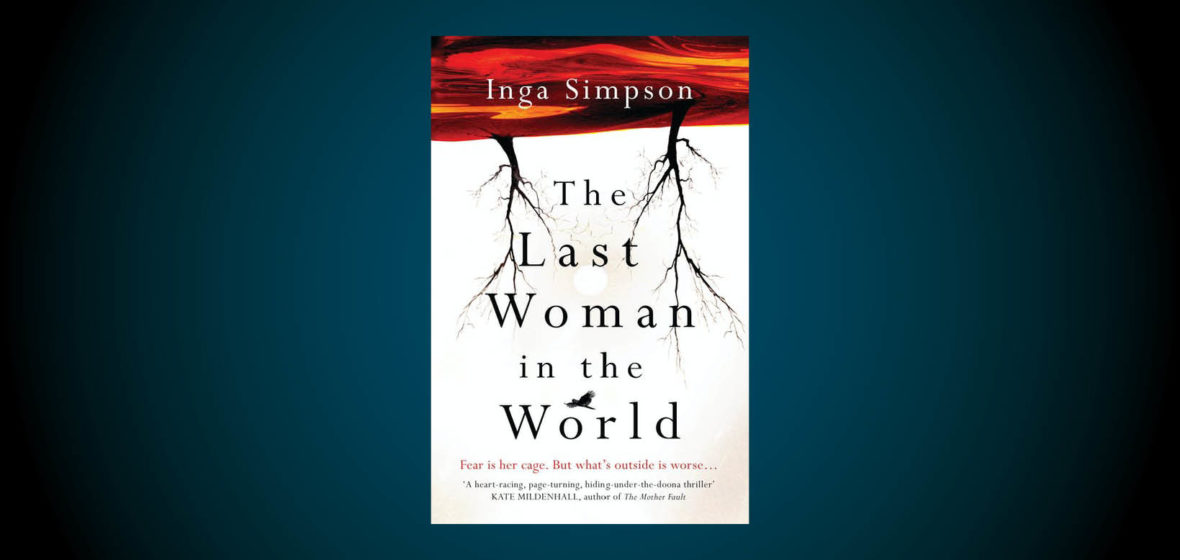The question of whether to include pandemics as a character in 2022 works of fiction is presently plaguing (sorry) publishing circles. Including it can be obvious, at times lazy and lacking the nuance we will only secure once COVID-19 is in hindsight. But in Australian fiction of the 2020s, where fires, floods, COVID-19, and searing social reckoning are all we have known, would erasing these experiences be an entirely missed opportunity? In the hands of lyrical novelist Simpson, the anxieties of the past two years are sensitively treated, giving us a throughly believable sense of dread that storms through these pages without sinking into tropes of iso, jabs and “these unprecedented times”.
Rachel has lived in seclusion on the NSW South Coast for several years, with the reasons for this self-imposed isolation lightly seasoned throughout the book but never overplayed. Self-contained, short of rare contact with her sister and a local delivery woman, her days are spent tending to her works of glassware – treasures fuelled by a furnace, their beauty refined by the licks of flame that can shatter them to pieces in a heartbeat. Until, one night loud doorknocks pierce Rachel’s peace. It’s the arrival of young mother Hannah and her desperately sick baby Isaiah, on the run from a new mysterious cause of death – not COVID – sweeping towns and cities, and begging for help. In order to help these strangers Rachel will have to push out of her physical and mental comforts, navigate a landscape ravaged by climate destruction and relearn the dynamics and politics of a country she chose to turn away from.
The Last Woman in the World gallops along, with barely a minute to collect our thoughts before the next devastation unveils itself; apt for the early months of 2022. Surprisingly easy but pretty to read, you can already picture the drone shots for the inevitable TV mini series that will follow.




